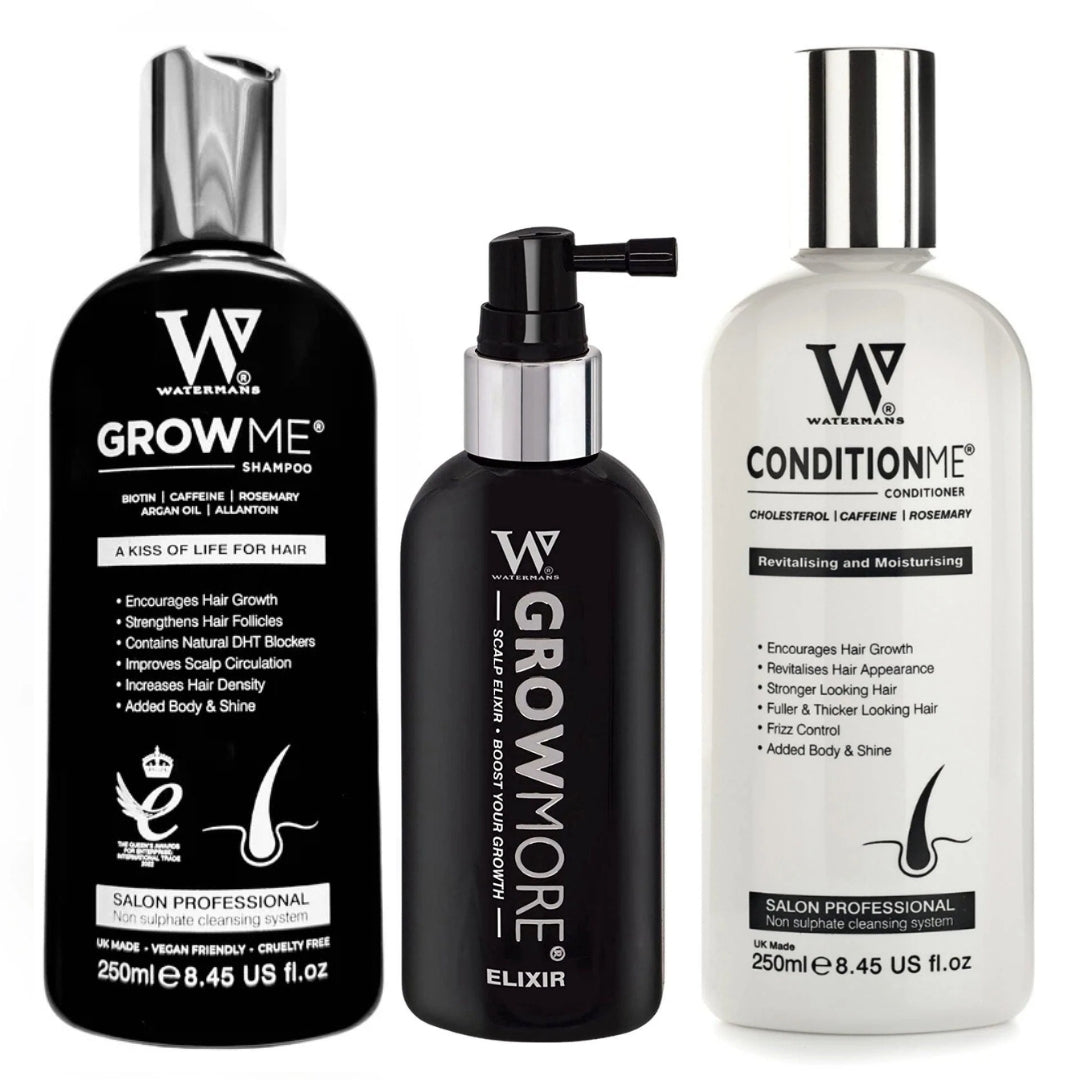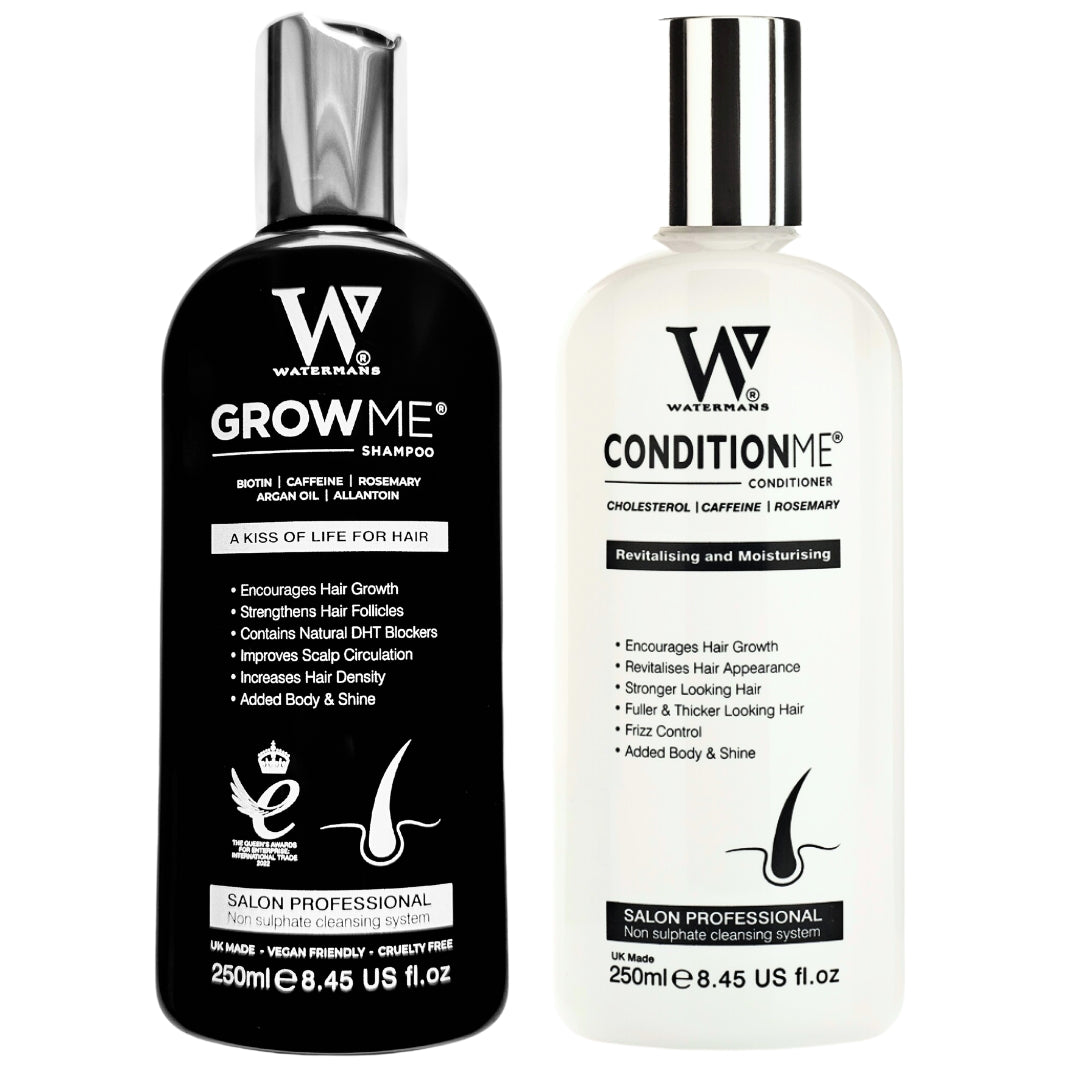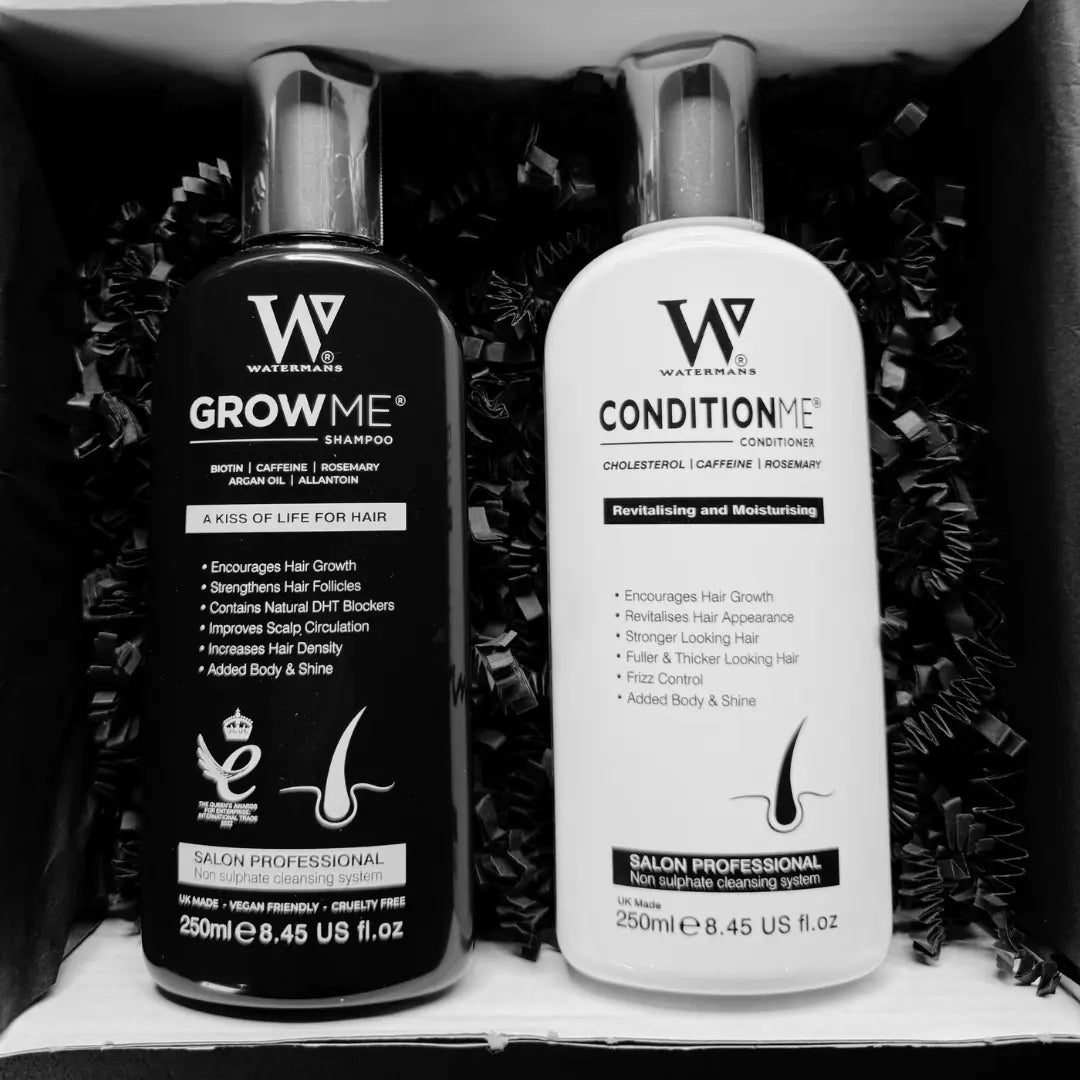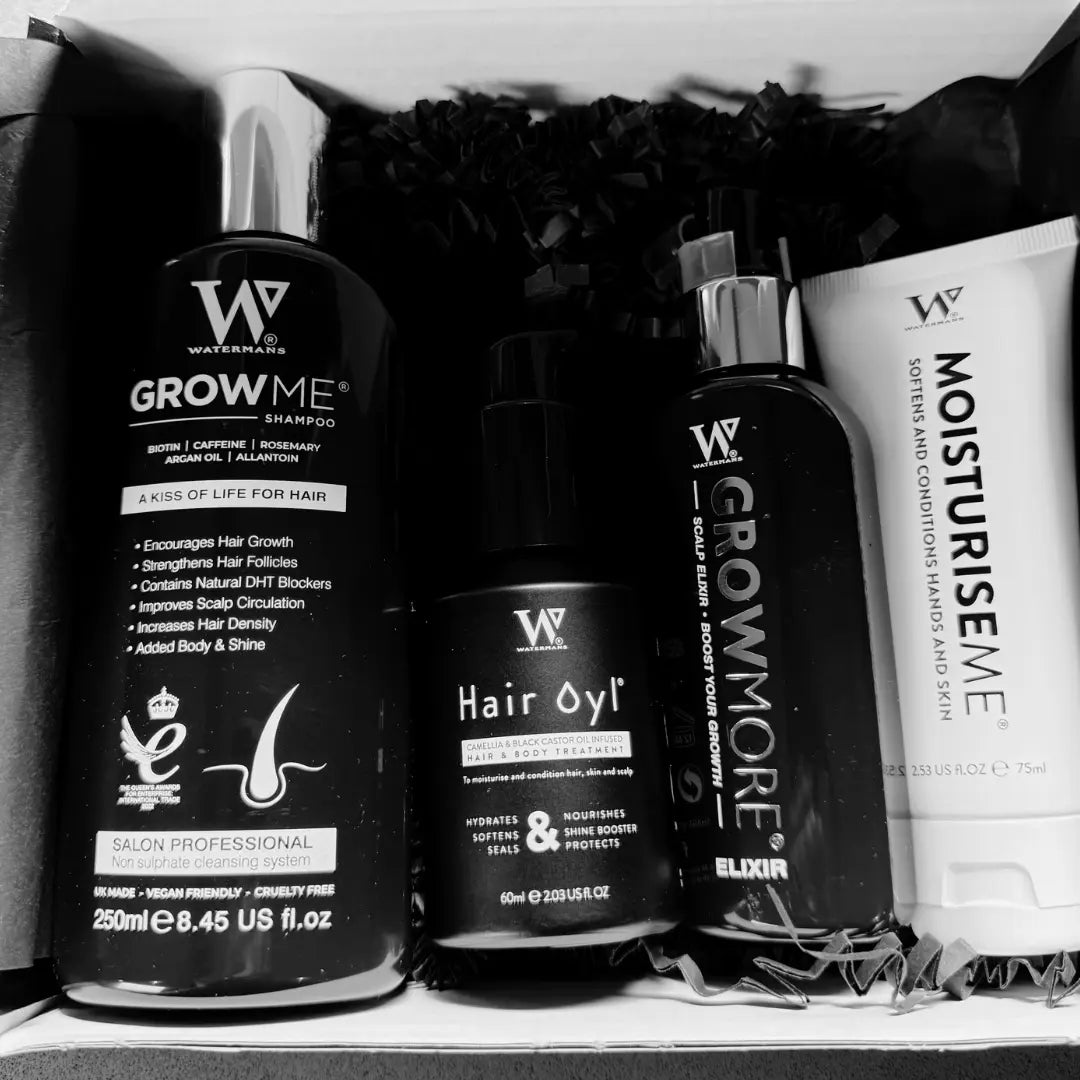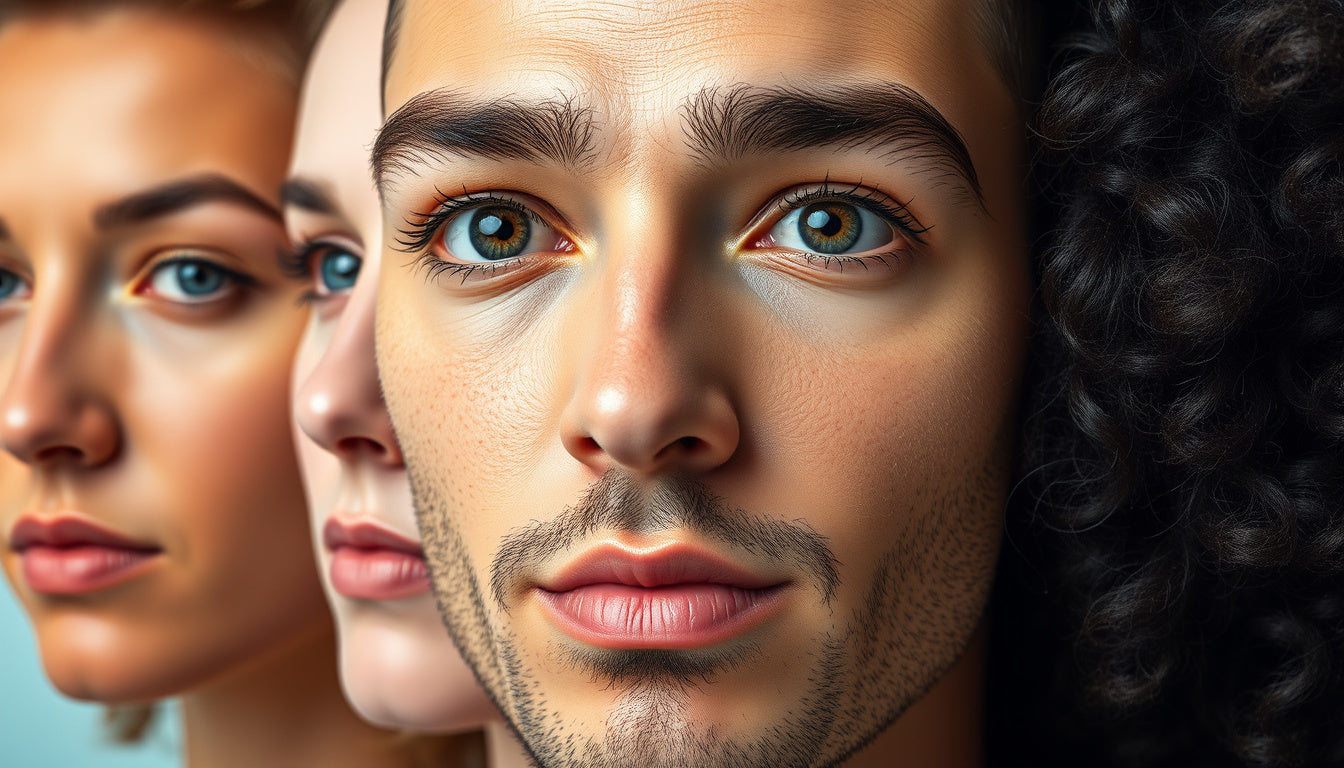
Hormone Therapy Hair Changes: What to Expect and How to Manage
URL: /hormone-therapy-hair-changes-what-to-expect-and-how-to-manage
Hormone therapy hair changes come with many hormone treatments. They show up when you work on gender transition, hit menopause, or treat some conditions. You learn what to expect and how to tend your hair with care. Your hair gets a role in a big shift in your body.
In this article, we list different hormone therapy hair changes. We show why they happen and share clear hair care tips. You start hormone therapy or stay on it, you gain clear ideas to tend hair that shifts with treatment.
What Causes Hormone Therapy Hair Changes?
Hormone therapy changes levels of estrogen, testosterone, or other hormones. Hair growth and feel depend on these hormone levels. Changing your treatment shifts your hair.
• When testosterone acts on hair, it can grow thicker in some areas like the face or body.
• Estrogen grows scalp hair and may change shine or feel.
• Changes in hormones can alter the cycle that grows or sheds hair.
For example, transgender women on estrogen may sense softer hair and see less facial or body hair. Transgender men on testosterone may see thicker body hair and scalp hair that thins like male-pattern baldness.
Common Hair Changes During Hormone Therapy
Knowing these hair changes can prepare you. Here are the usual changes:
1. Changes in Hair Texture
Hormones can make hair softer or coarser. Estrogen usually softens hair so it sits well, while testosterone may make hair feel thicker or rougher.
2. Hair Thinning or Thickening
Hormone shifts affect hair density. Some see thinning on the scalp. Others see thicker hair on the body.
3. Altered Hair Growth Patterns
Hair may appear in new spots or slow down. Facial hair may slow or stop on estrogen. Testosterone may help hair grow in new areas.
4. Temporary Hair Shedding
Shedding may go up when you start therapy. Hair follicles reset as the hair cycle changes with hormones.
How to Manage Hormone Therapy Hair Changes
Handling hair shifts means care and calm. Try these simple steps:
1. Follow a Good Hair Care Routine
• Pick mild shampoos that avoid harsh chemicals.
• Skip too much heat with styling tools.
• Use conditioner to keep your hair soft and moist.
2. Keep Up a Good Diet and Drink Water
Foods rich in vitamins A, C, D, and E, and minerals like zinc and iron, help hair grow well. Drinking water also helps.
3. Think About Supplements
Biotin or collagen supplements may help your hair. Talk with your doctor first to make sure they fit your treatment.
[h3]4. Handle Stress Well[/h3]Stress can add to hair loss. Try calm methods like yoga, mindfulness, or talking with someone.
5. Meet a Hair or Skin Expert
If hair shifts cause worry, see a trichologist or dermatologist. They can check your hair and talk about ways to treat it.
6. Check Out Medical Hair Treatments
Some hair products like minoxidil, low-level light therapy, or PRP treatments may help hair growth. Ask a professional before you start them.
Example Hair Care Plan for Hormone Therapy Patients
Here is a simple plan:
- Daily: Wash your hair every 2-3 days with a mild shampoo. Use conditioner each time. Do not brush wet hair.
- Weekly: Use a deep conditioning mask.
- Monthly: Give your scalp a massage to boost blood flow.
- Ongoing: Watch your hair for changes and bring these notes to your doctor visits.
Frequently Asked Questions about Hormone Therapy Hair Changes
Q1: How Soon Do Hormone Therapy Hair Changes Start?
Hair changes can show up in weeks or months after you begin treatment. Early shedding or feel changes appear early. Big changes to how hair grows may take six months to a year.
Q2: Can Hormone Therapy Cause Permanent Hair Loss?
Some hair shifts last and some do not. For instance, testosterone can start male-pattern baldness in people who are prone to it. Yet, some early shedding is only for a short time.
Q3: Are There Ways to Block Hair Thinning in Hormone Therapy?
A good life and a mild hair care routine help. Talking with doctors about creams like minoxidil may cut the risk. Catching changes early may produce better care.
Conclusion: Embrace Your Hair Journey with Confidence
Hormone therapy hair changes bring surprises. They also give you a chance to see a new side of yourself. Learn why your hair changes and care for it with simple steps. Your hair needs care as your body shifts. Stay patient. Hair cycles take time to change. Every person sees a different path. If you feel unsure, seek help from hair or hormone experts.

Keep informed. Care for your hair with care. You hold strength in every change.
For more in-depth insight on handling hormone therapy effects, visit Mayo Clinic.
If you start hormone therapy or see hair changes, talk with your doctor or a hair expert. Make a hair plan that suits you and let your natural self show.


